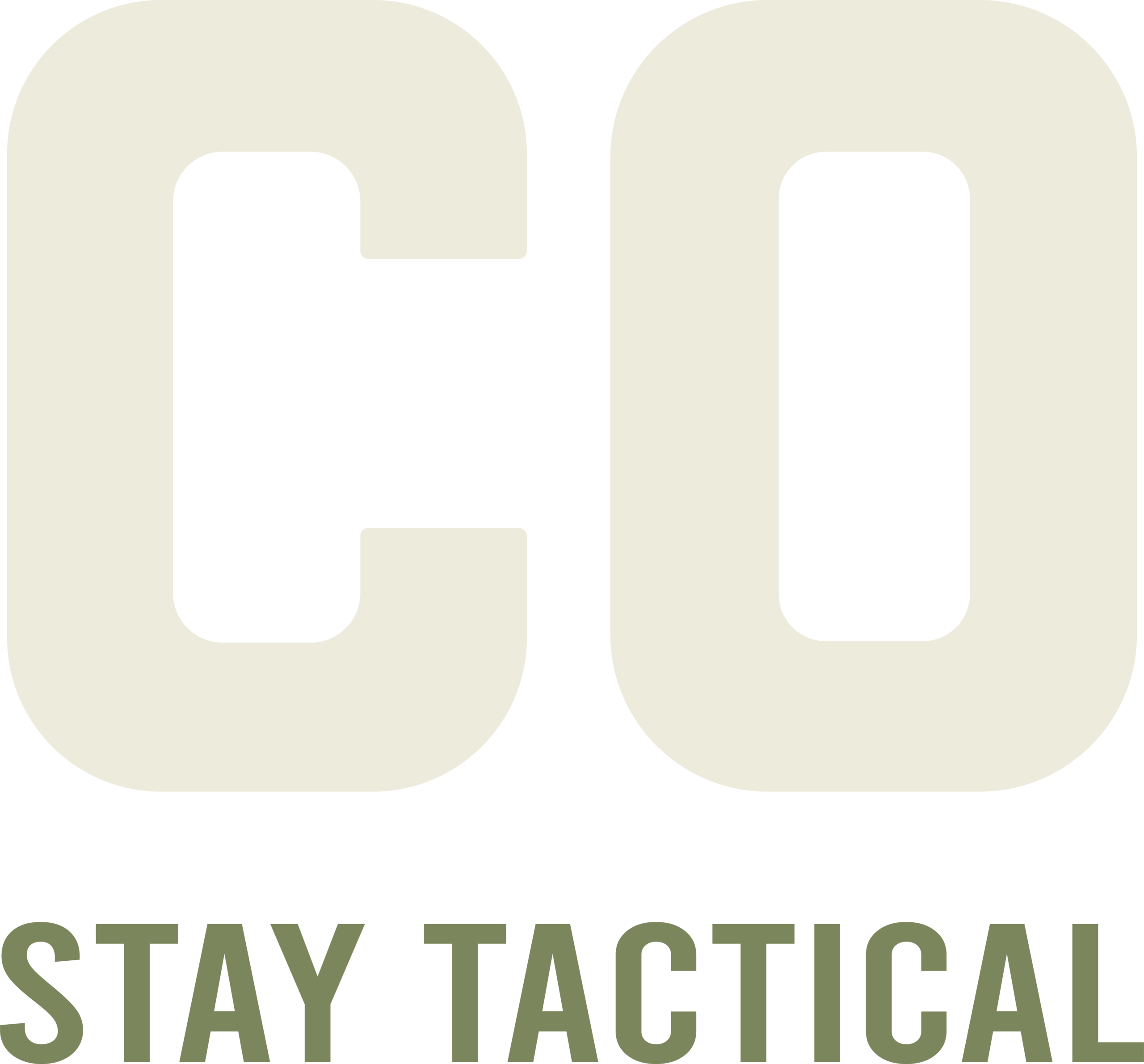With the new release of Tom Cruise’s hit, Top Gun: Maverick, there has been a lot of interest in the story of TOPGUN. Yes that’s right, it’s TOPGUN or United States Navy Strike Fighter Tactics Instructor Program, not Top Gun or Topgun. Let me enlighten you further.
In 1968, the US were at war in Vietnam and struggling with air-to-air missiles failing in combat. Then Chief of Naval Operations Admiral Thomas Hinman Moorer order Captain Frank Auit to conduct some research on this. It was learned that the US were losing about 1,000 aircraft in one million sorties. A need for a proper Fighter Weapons School was determine.

On March 3, 1969, the United States Navy Fighter Weapons School was established at Naval Air Station Miramar, California. However, the new school was not properly funded and only received eight F-4 Phantom II instructors from the VF-121 unit which was an F-4 Phantom-equipped Replacement Air Group Unit. This team built the Naval Fighter Weapons School from scratch essentially and borrowed aircraft from other Miramar-based units to assist. To really demonstrate how poorly funded this unit was at the start, the school’s first headquarters were in a stolen modular trailer.
Over the next few years leading up to 1973, it was determined the school needed to take on a larger role with air-to-air combat becoming more complicated. The unit’s official purpose became “train fighter air crews at the graduate level in all aspects of fighter weapons systems including tactics, techniques, procedures and doctrine. It serves to build a nucleus of eminently knowledgeable fighter crews to construct, guide, and enhance weapons training cycles and subsequent aircrew performance. This select group acts as the F-4 community’s most operationally orientated weapons specialists. TOPGUN’s efforts are dedicated to the Navy’s professional fighter crews, past, present and future.”
A transition occurred when command realized that highly qualified instructors were essential to TOPGUN’s success since mediocre instructors just couldn’t hold the attention of students. In order to gather more qualified instructors, every instructor was required to be an expert in effective training techniques. Class lectures were reviewed before by evaluators before ever making it to students and were heavily criticized. Due to rapid changes in air and military technology, the developing tactics were constantly being revamped and evaluated (this is very much true today).

Money began to be poured into the TOPGUN program and they were given USAF Northrop T-38 Talons to simulate the flying characteristics of the MiG-17 and MiG-21. During that period of 1968 to 1973, TOPGUN really set itself as the center of excellence in fighter training, doctrine, and tactics. It was also during this time that the bombing campaign against North Vietnam was halted which really allowed TOPGUN to hone pilot skills. Once the bombing campaign resumed, several TOPGUN candidates had graduated from the program and were ready for active duty.
Results began to show great improve in sorties. The Navy kill-to-loss ratio against the North Vietnamese Air Force MiGs went from just 2.42 MiGs for every Navy aircraft to 12.5 MiGs for every Navy aircraft. TOPGUN was solidified in the Navy, and military history.


